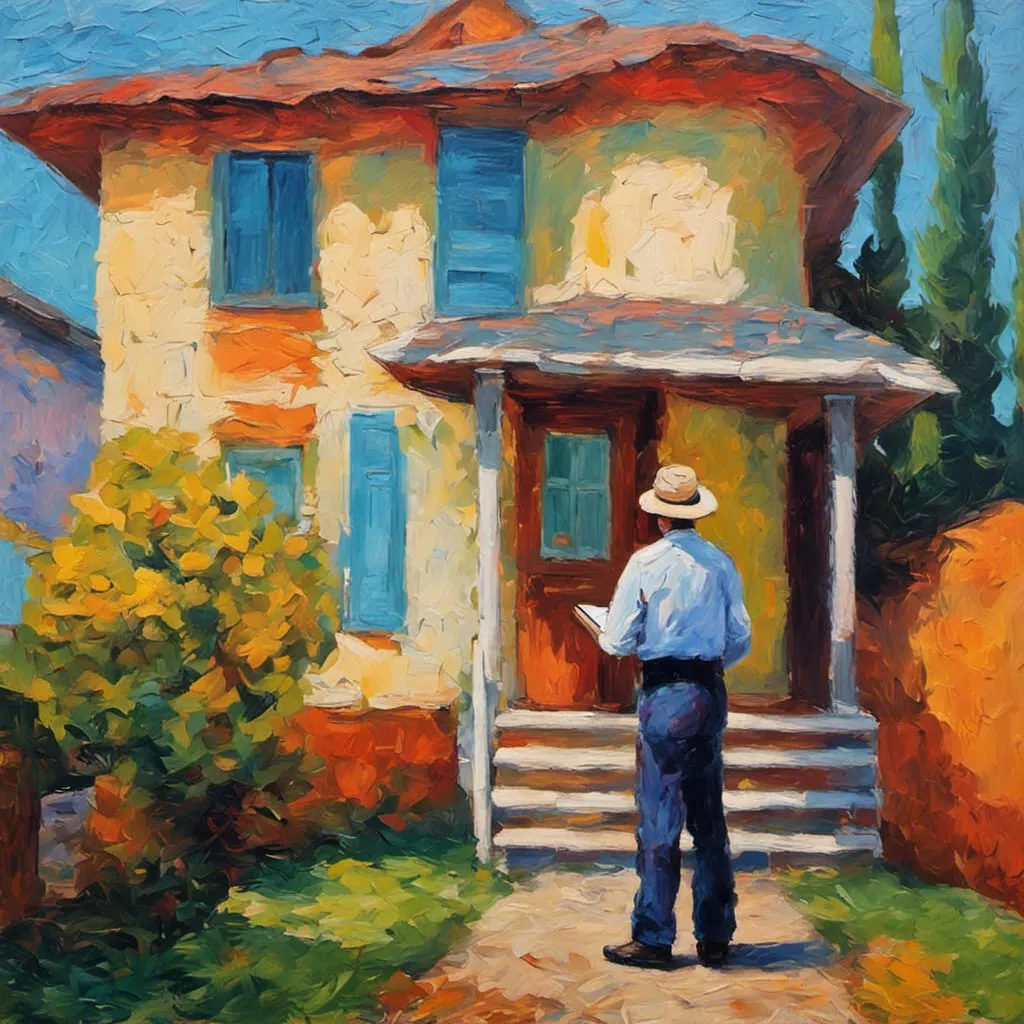When inspecting a 100-year-old home, one is often met with a unique blend of architectural charm and structural challenges. These homes can be found in Ambleside and Dundarave in West Vancouver as well as in lower Gibsons on the Sunshine Coast. These vintage residences may hold historical significance and captivating aesthetics, but they can also harbor hidden problems that have evolved over the decades. In this post, we’ll explore some of the structural issues commonly encountered during an inspection of such homes.
1. Deformed Vertical Walls:
One of the telltale signs of aging in a century-old home is the presence of deformed vertical walls. Over time, settling and foundation shifts can lead to bowed or uneven walls, resulting in uneven surfaces, cracks, and gaps. Addressing these issues may involve foundation repairs, wall reinforcement, or structural modifications to ensure the home’s stability.
2. Bowed Roof Line:
A bowed or sagging roof line is often an indication of problems with the home’s structural integrity. It can result from poor original construction, a lack of proper maintenance, or a combination of factors. Roof issues are concerning not only for their impact on the overall appearance but also for the potential water leakage and compromised structural support.
3. Inadequate Framing of Exterior Walls in the Basement:
Basement framing is a critical component of a home’s structure, as it supports the weight of the entire house. In older homes, you may find outdated framing methods or materials that no longer meet modern building standards. Reinforcing or replacing basement framing is often necessary to ensure the structural stability of the home.
4. Poorly Supported Balcony or Deck with an Inadequate Foundation:
Balconies and decks add character to century-old homes, but they can pose a serious risk if not properly maintained or supported. Inadequate foundations, rotting wood, or unstable structures can compromise safety. Remedying these issues may involve reinforcing the foundation, repairing or replacing the decking materials, and ensuring secure railing and supports.
5. Split Logs Used for Structural Posts in the Basement:
In older homes, it’s not uncommon to discover split logs or other outdated materials used as structural supports in the basement. These components may have deteriorated or become vulnerable to pests over the years. Replacing split logs with modern, load-bearing materials is essential to maintain the home’s structural soundness.
6. Rot or Insect-Damaged Beams in the Basement:
Wood-boring insects and rot can be silent yet destructive forces in old homes, particularly in the basement where moisture is often present. Beams and floor joists can suffer significant damage, compromising the home’s structural integrity. Repairing or replacing these affected components is vital to ensure the home remains safe and durable.
When purchasing or renovating a century-old home, a comprehensive structural inspection is crucial, usually with the participation of a Structural Engineer. While these homes exude character and history, addressing these structural challenges is essential to ensure both occupant safety and building preservation. Collaborating with experienced professionals who specialize in home restoration can help the buyer in navigating the complexities of maintaining these architectural survivors while ensuring their structural soundness for the future.

